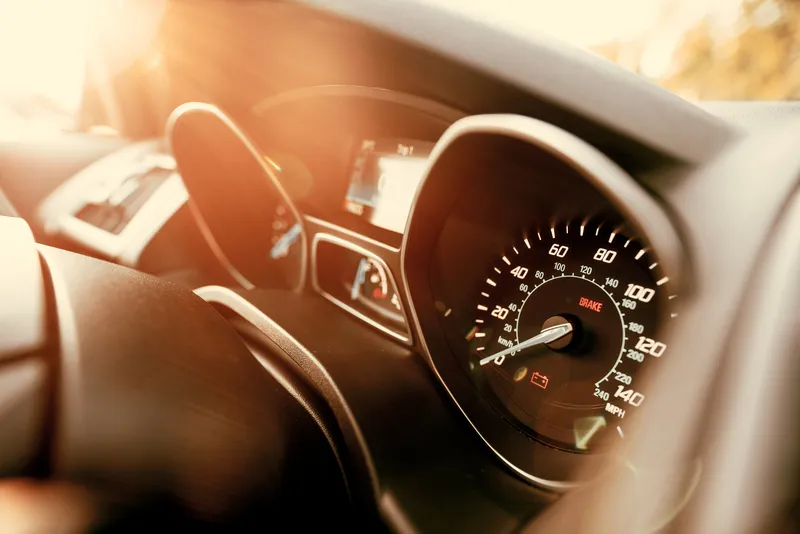Preliminary estimates from the National Safety Council indicate that motor vehicle deaths in the US were nine per cent higher through the first six months of 2016 than in 2015, and 18 per cent higher than two years ago at the six month mark. An estimated 19,100 people have been killed on US roads since January and 2.2 million were seriously injured. The total estimated cost of these deaths and injuries is US$205 billion.
The upward trend began in late 2014 and shows no signs of decreasing. Last winter, t
August 24, 2016
Read time: 2 mins
Preliminary estimates from the National Safety Council indicate that motor vehicle deaths in the US were nine per cent higher through the first six months of 2016 than in 2015, and 18 per cent higher than two years ago at the six month mark. An estimated 19,100 people have been killed on US roads since January and 2.2 million were seriously injured. The total estimated cost of these deaths and injuries is US$205 billion.
The upward trend began in late 2014 and shows no signs of decreasing. Last winter, the National Safety Council issued its largest year-over-year percentage increase in 50 years, when it estimated fatalities had jumped eight per cent in 2015 compared to 2014. The continued rise in fatalities is prompting the Council to predict the deadliest Labor Day holiday period since 2008. NSC estimates 438 people will be killed during the three-day holiday weekend.
States that have been particularly hard hit since 2014, the start of the upward trend, are Florida (43 per cent), Georgia (34 per cent), Indiana (33 per cent), California (31 per cent increase), North Carolina (26 per cent), Illinois (24 per cent) and Kentucky (24 per cent).
NSC says that while many factors likely contributed to the fatality increase, a stronger economy and lower unemployment rates are at the core of the trend. Average gas prices for the first six months of this year were 16 percent lower than 2015 levels, helping to fuel a 3.3 per cent increase in the number of miles driven.
The upward trend began in late 2014 and shows no signs of decreasing. Last winter, the National Safety Council issued its largest year-over-year percentage increase in 50 years, when it estimated fatalities had jumped eight per cent in 2015 compared to 2014. The continued rise in fatalities is prompting the Council to predict the deadliest Labor Day holiday period since 2008. NSC estimates 438 people will be killed during the three-day holiday weekend.
States that have been particularly hard hit since 2014, the start of the upward trend, are Florida (43 per cent), Georgia (34 per cent), Indiana (33 per cent), California (31 per cent increase), North Carolina (26 per cent), Illinois (24 per cent) and Kentucky (24 per cent).
NSC says that while many factors likely contributed to the fatality increase, a stronger economy and lower unemployment rates are at the core of the trend. Average gas prices for the first six months of this year were 16 percent lower than 2015 levels, helping to fuel a 3.3 per cent increase in the number of miles driven.








